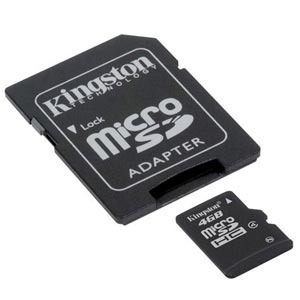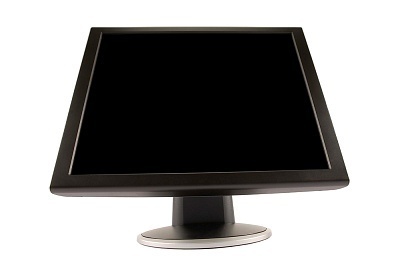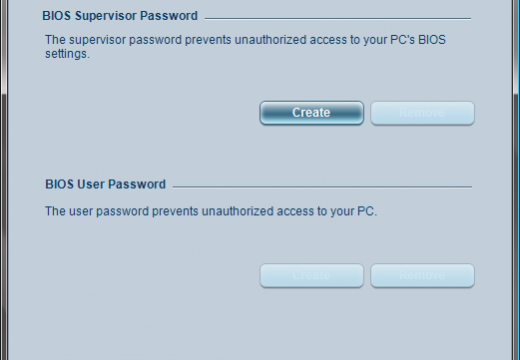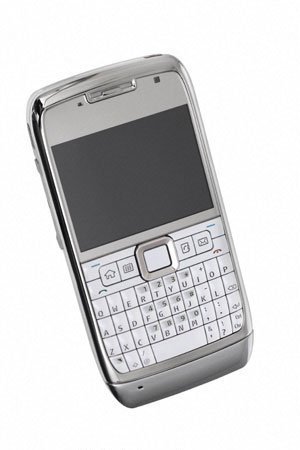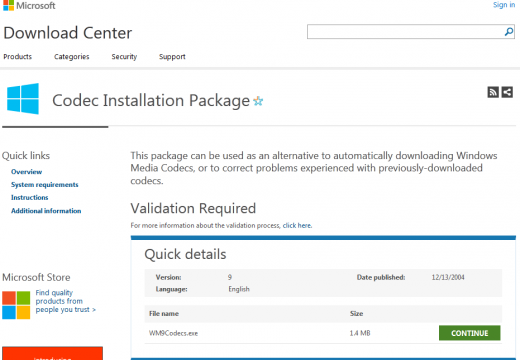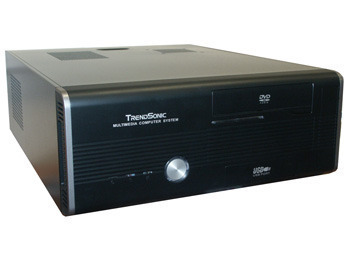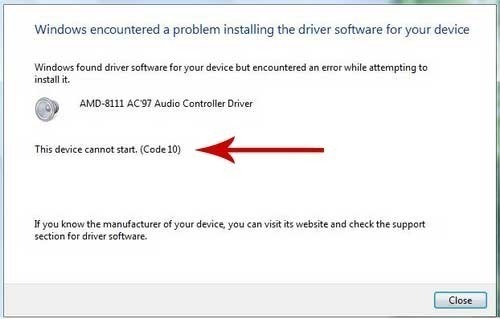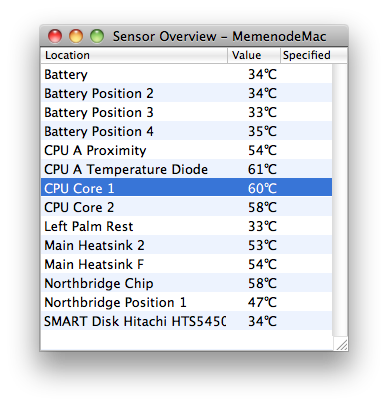MicroSD Cards
MicroSD cards are the newest and smallest flash memory secure digital cards available, much smaller than both standard SD memory cards and even Mini SD memory cards. MicroSD cards were created by SanDisk Corporation and were introduced into use in 2006. These cards were created to be used with mobile phones; however other applications such …

